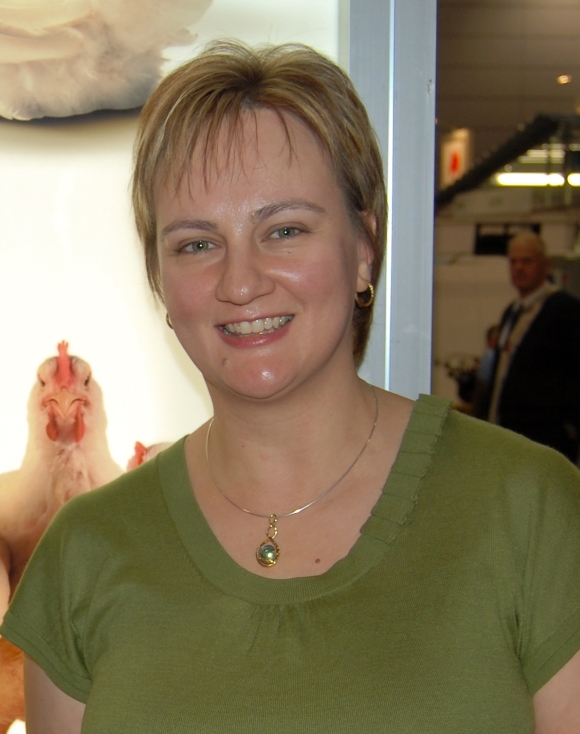Two Poultry CRC supported sub-projects have recently reached completion, making them the first under the second round CRC. Dr Valeria Torok from the South Australian Research and Development Institute’s (SARDI) and Dr Seyed Ali Ghorashi from The University of Melbourne’s have both submitted their final reports to the CRC.
Dr Torok’s project, Validation of qPCR assays targeting broiler performance, investigated the links between broiler performance and changes in gut microbiota bought about by varying bird diet. Although knowledge of the ideal gut microbiota is still incomplete, it is apparent that a variety of diets can equally support optimal bird performance and maintain a healthy gut microbial balance.
“Quantitative PCR (qPCR) assays targeting five specific gut inhabiting bacteria and one assay to total bacteria were used to investigate their association with broiler performance across four feeding trials” said Valeria. “It was found that improved performing broilers had lower numbers of lactobacilli and total gut bacteria”.
Valeria concludes that qPCR assays may be used as a quick and inexpensive screen to investigate changes in these gut inhabiting bacteria, and to monitor strategies to improve feed efficiency and feed formulation for optimal gut health. “The qPCR assays developed by this project have value in evaluating nutritional and environmental strategies in improving broiler performance” she said. “There is also potential for further qPCR assays to be developed to candidate performance related bacteria”.
Examples of these exceptions include concurrent colonisation of the respiratory system with two Mycoplasma gallisepticum (MG) strains. Thus, this project aimed at identifying the capacity of PCR-HRM to detect mixed MG strains in one specimen, as co-infection with two MG strains may occur in field conditions making identification of each strain/isolate important, particularly when the flock is vaccinated with a live MG vaccine.
Previous studies have investigated the use of interstrain sequence variations in various MG genes for differentiation of MG strains. Ali’s research has demonstrated that two genes in particular provide high differentiation power for MG strains/isolates, primarily attributed to high interstrain sequence variations of these genes. Ali concludes,” Our study has shown that PCR-HRM curve analysis provides a useful and cost-effective alternative to Mycoplasma culture using direct analysis of genetic variation, particularly when mixed strains are present in one specimen”. This study has provided invaluable information on the usefulness of PCR-HRM curve analysis as a rapid and reliable technique for strain identification of MG.



